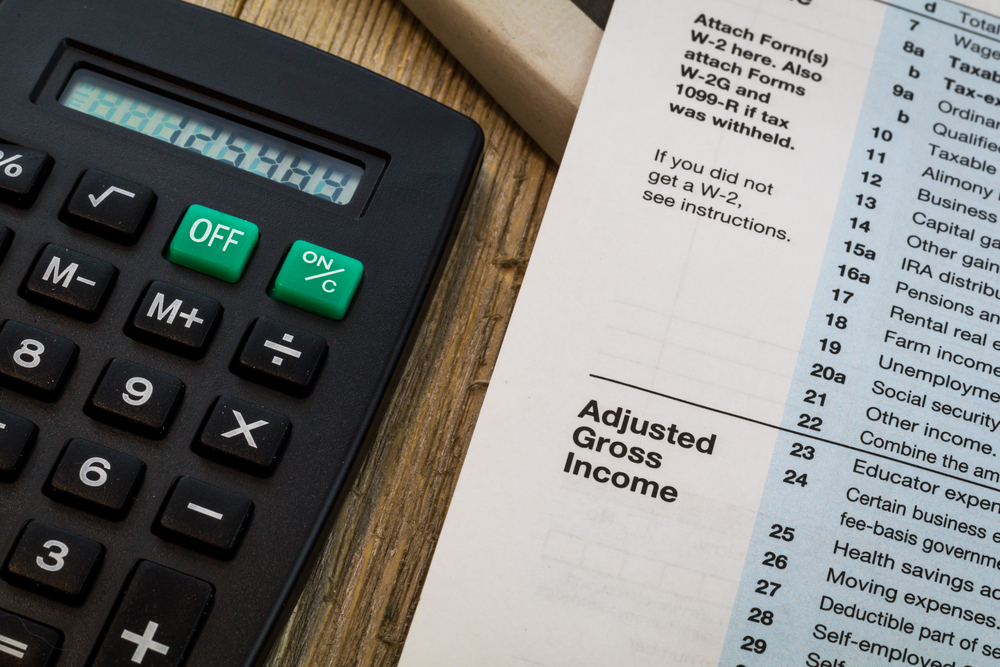Many small businesses spend a good chunk of money, labor and time developing new products, technologies and services.
Did you know that you may be able to credit those outlays from taxes owed, rather than from revenues, reducing your liability even more?
It’s called the Research and Development Tax Credit.
If your R&D expenses qualify, a percentage of that money is subtracted directly from your tax bill, resulting in a lower payment.
There is, however, a catch in that not all of your R&D expenses can be credited against taxes, at least not in the same year. That used to be a big limitation—until recent changes in the law started shifting that landscape in favor of small businesses.
We explain it all right here: what types of businesses and expenses are eligible for the credit, what the benefits and drawbacks are, how new expensing rules affect your options, how to report the credit accurately so you don’t trigger IRS scrutiny…and more.
What is the R&D Tax Credit?
To incentivize companies to perform research, drive innovation and keep their discoveries and technical jobs right here in the USA, lawmakers in 1981 enacted the federal R&D Tax Credit.
The credit is often misunderstood or unknown to small businesses, which can profit both from the fruits of their ingenuity and the tax breaks the law provides. Win-win.
What types of R&D expenses qualify?
Expenditures tied directly to the development, design and enhancement of products, services, technologies, or processes are eligible for the credit.
These might include the costs of employee wages or contractor expenses if the labor is performed in the U.S., the work is technically challenging, and it yields something new or improved.
Supplies of tangible raw materials directly used in the R&D efforts that are not capitalized or depreciated may qualify as well.
Is my business eligible for the R&D Tax Credit?
Here are the kinds of entities that can have their research and development expenses credited against taxes:
- Technology and Software
- Manufacturing and Engineering
- Healthcare and Pharmaceuticals
- Energy and Environmental Technologies
- Supply Chain Innovation
- Chemicals
- Aerospace
- Agriculture
- Life Sciences
- Construction
- Food and Beverage
- Winery and Vineyard
There are others, but note that creative businesses like art and writing unfortunately do not qualify to receive the credit.
New Expensing Rules for 2022-2025
The One Big Beautiful Bill Act brought a major shift in how small businesses can handle R&D costs. Previously, R&D expenses had to be amortized (spread out over time), which limited the usefulness of the credit—especially for businesses not yet turning a profit.
Now, small businesses with average annual gross receipts of $31 million or less can immediately expense R&D costs incurred from 2022 through 2024—even if they had previously been required to amortize them.
Starting in 2025, the rule becomes even more favorable: all domestic R&D costs will qualify for immediate expensing across the board.
This means that, depending on your situation, you can either reduce your taxable income through expensing or offset your tax liability through the R&D tax credit. For highly profitable businesses, it may still make more sense to claim the credit rather than take the deduction. Knowing which option is better requires a close look at your current and projected income.
How is my R&D Tax Credit computed?
The most commonly used R&D credit calculation is the incremental research credit, equal to 20% of your excess qualified research expenses (QREs) for the taxable year over your base amount. Any unused credit can be carried back for one year or carried forward for up to 20 years.
There’s also another computational method qualified small businesses can use called the alternative simplified credit (ASC) option. This calculation doesn’t require gross receipts (revenues received during the tax year) as a component of the R&D credit calculation, just your QREs over the prior three years.
It’s all explained on this IRS webpage, but if deciphering tax code is not your jam, this is a prime example where seeking professional help can pay off significantly.
My biz isn’t profitable yet, so do I lose the R&D credit?
Not at all. As mentioned, you can carry it over to future years when you may be earning profits. Even better, if you have employees, you can benefit sooner from what is called the payroll tax offset:
It allows you to deduct up to $250,000 in payroll taxes if you have less than $5 million in gross receipts and are within your first five years of generating revenue.
That extra cash in your pocket can help you hire additional employees or acquire raw materials—in other words, continue scaling your business, which is what the law intended in the first place.
Why can I no longer apply the entire credit at once?
The 2017 Tax Cuts & Jobs Act stipulated that starting in 2022, R&D expenses must be capitalized and amortized over a 5-year period, or (15 years for foreign-incurred costs). That limits the amount of credit you can take in any given year.
However, the new law temporarily overrides that rule for many small businesses. As noted earlier, R&D costs from 2022 through 2024 can now be expensed instead of amortized—assuming you meet the gross receipts threshold.
The capitalized expenses are reported on financial statements as assets, and the yearly deductions from income as operating expenses.
How do I get this right so I don’t raise IRS red flags?
The Internal Revenue Service monitors the R&D tax credit closely. So it’s incumbent on you to follow the rules closely. You must:
- Make sure all expenses are directly related to R&D activities. For example, office supplies and general administrative costs don’t qualify.
- Keep detailed records of your R&D expenses and activities, including project plans, time logs, receipts, invoices, and other documents.
- Fully and accurately complete IRS Form 6765. If you freak out when you see it, it’s yet another reason to hire an expert in this area.
The bottom line
Small businesses may not realize it, but a lot of the expenses you incurred developing that innovative new product, software program, or production process may be directly credited from your tax bill.
The R&D tax credit has strict rules, and now the option to expense those costs (in many cases) provides even more flexibility. If you stick to the rules, you can recoup those funds and use them to further your business growth and innovation.
If you have any questions about this article, or any other tax or accounting needs to discuss, we’re always happy to help. Just click the button below to set up a free consultation:








